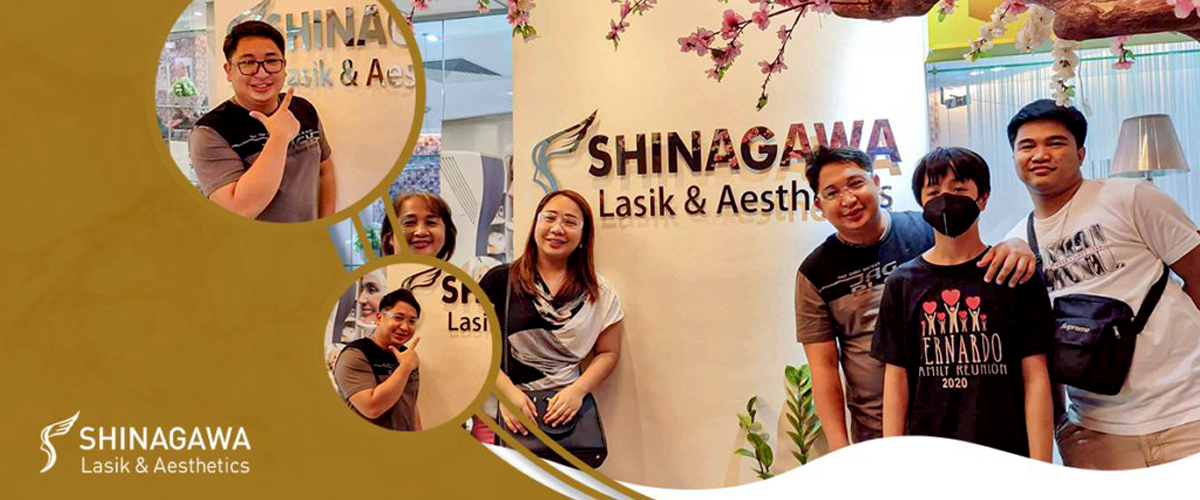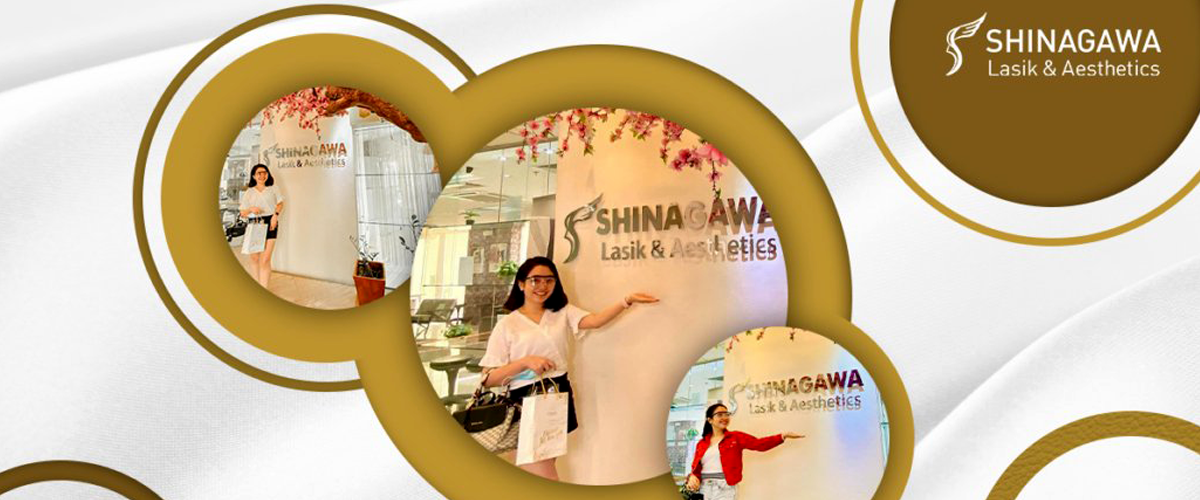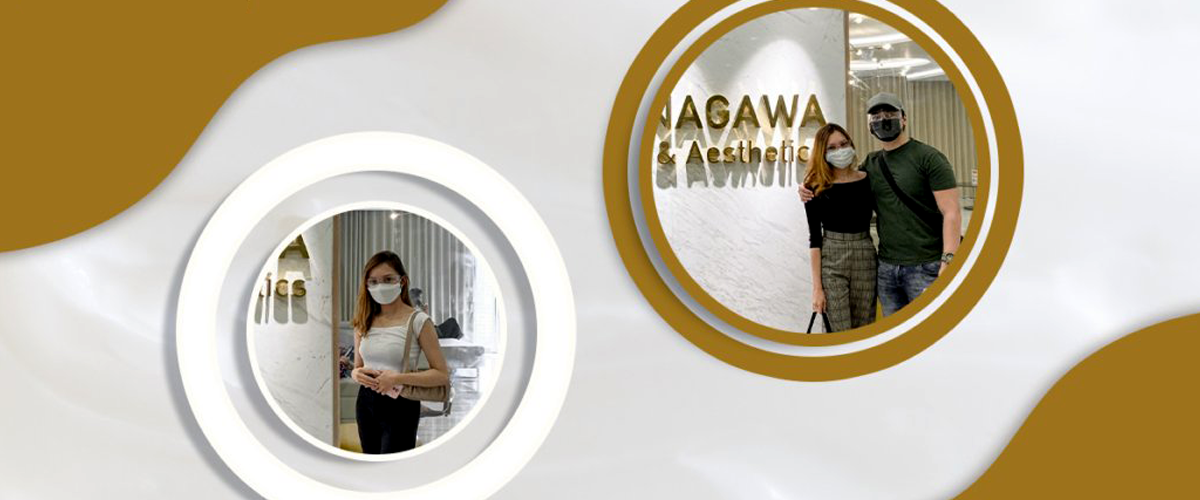
Master Vision for Master Mariner Dionisio
ULTRA LASIK can give people beyond-normal vision!That’s what Capt. Arnold Vincent Togonon Dionisio, a Master Mariner, got after having the procedure to help him in his career.“From 300/300 eye grade with 0.75 astigmatisms on the right and 0.50 on the…




